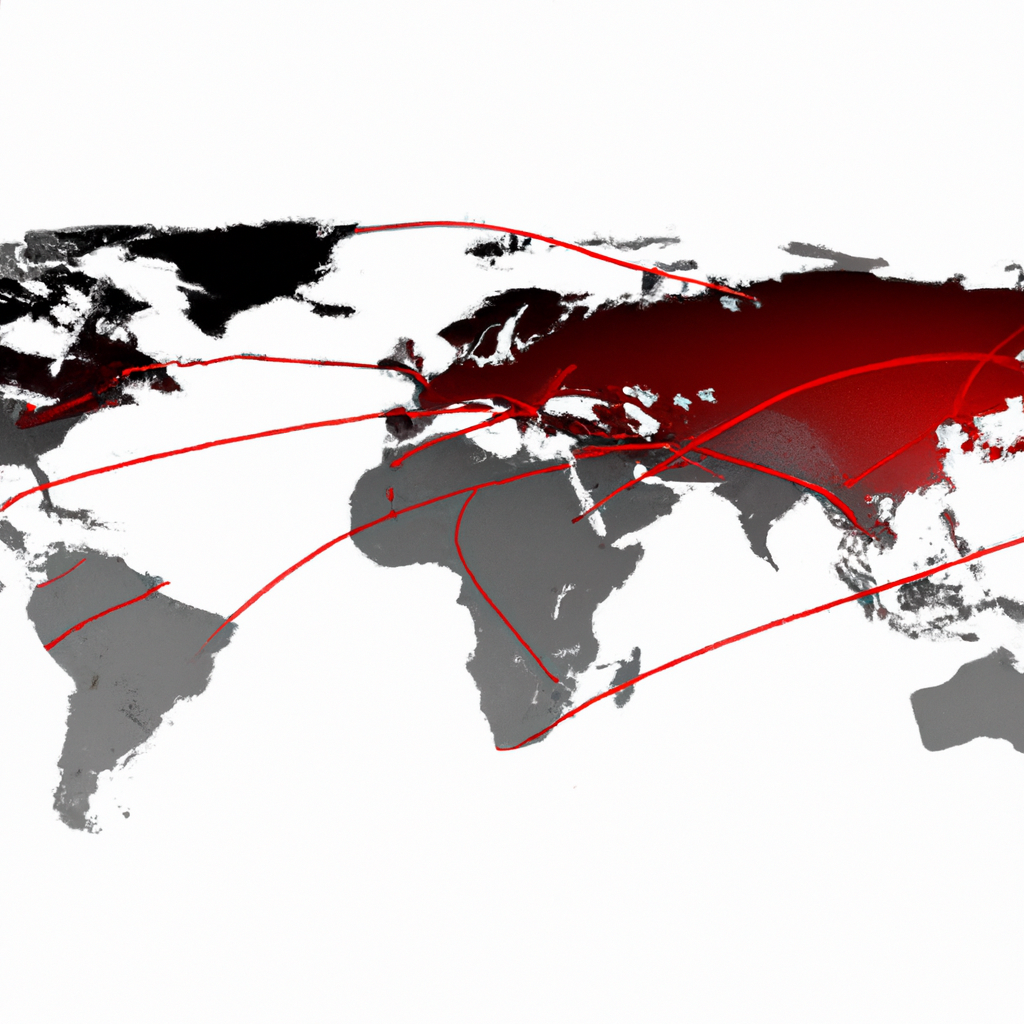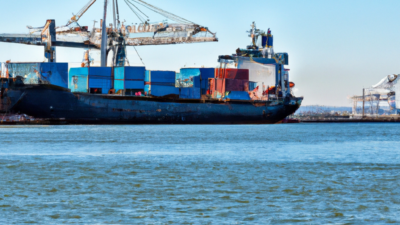### The Journey of Commodities: From Origin to Market
In our everyday lives, we encounter a multitude of products and raw materials that we often take for granted. From the coffee we sip in the morning to the gasoline that powers our vehicles, commodities form the backbone of our modern existence. However, few of us stop to consider the intricate journey these essential goods undertake before reaching our hands. Where do these commodities come from? How are they sourced, extracted, and processed? This article delves into the origins of various commodities, exploring the diverse and often complex pathways they travel from their natural state to becoming integral parts of our daily routines. By understanding the source and journey of these commodities, we gain a deeper appreciation of the interconnected global economy and the crucial role that natural resources play in sustaining our way of life.
Certainly! Here's a comprehensive content outline for an article on "Where Do Commodities Come From":
“`html
<!DOCTYPE html>
<html lang="en">
<head>
<meta charset="UTF-8">
<meta name="viewport" content="width=device-width, initial-scale=1.0">
<title>Where Do Commodities Come From</title>
</head>
<body>
<h1>Where Do Commodities Come From</h1>
<p>Commodities are the raw materials or primary agricultural products that can be bought and sold, such as gold, oil, grain, and coffee. Understanding where commodities come from is essential for grasping their impact on the global economy and daily life.</p>
<h2>Natural Resources</h2>
<p>Many commodities are derived from natural resources. These include minerals like gold, silver, and copper; fossil fuels like oil, natural gas, and coal; and agricultural products like wheat, corn, and coffee. The extraction and harvesting of these resources play a crucial role in the supply chain.</p>
<h3>Mining and Minerals</h3>
<p>Mining is the process of extracting valuable minerals or other geological materials from the Earth. Major mining regions include Africa, Australia, and South America. For example, gold is predominantly mined in South Africa, Australia, and Russia.</p>
<h3>Energy Resources</h3>
<p>Energy commodities such as oil, natural gas, and coal are extracted through drilling and mining. The Middle East is a significant source of oil, while countries like the United States, Russia, and Canada also have substantial reserves.</p>
<h3>Agricultural Commodities</h3>
<p>Agricultural commodities are cultivated and harvested from farms around the world. The United States, Brazil, and Argentina are major producers of soybeans and corn, while countries like Colombia, Brazil, and Vietnam are known for their coffee production.</p>
<h2>Manufacturing and Processing</h2>
<p>Once raw materials are extracted or harvested, they often undergo processing to increase their value or make them suitable for consumption. This includes refining crude oil into gasoline, processing wheat into flour, or smelting iron ore into steel.</p>
<h3>Refining and Smelting</h3>
<p>Refining is the process of converting raw materials into usable products. For example, crude oil is refined into various petroleum products such as gasoline, diesel, and jet fuel. Smelting involves extracting metal from its ore, such as turning iron ore into iron and steel.</p>
<h3>Food Processing</h3>
<p>Food processing includes transforming raw agricultural products into finished goods. This can involve milling wheat into flour, roasting coffee beans, or producing dairy products from milk. These processes add value and make commodities ready for market.</p>
<h2>Global Trade and Distribution</h2>
<p>Commodities are traded on global markets, influencing prices and availability. Major commodity exchanges include the New York Mercantile Exchange (NYMEX) for oil and the Chicago Board of Trade (CBOT) for agricultural products. The distribution network ensures commodities reach consumers worldwide.</p>
<h3>Commodity Exchanges</h3>
<p>Commodity exchanges are centralized markets where commodities are traded. These exchanges provide a platform for buyers and sellers to negotiate prices and contracts. Examples include NYMEX for energy commodities and the London Metal Exchange (LME) for metals.</p>
<h3>Logistics and Transportation</h3>
<p>The transportation of commodities involves a complex logistics network. This includes shipping oil via tankers, transporting grain via rail or trucks, and using pipelines for natural gas. Efficient logistics are crucial for ensuring a steady supply of commodities to markets.</p>
<h2>Environmental and Ethical Considerations</h2>
<p>The extraction, production, and distribution of commodities can have significant environmental and ethical implications. Sustainable practices and ethical sourcing are becoming increasingly important to minimize negative impacts.</p>
<h3>Environmental Impact</h3>
<p>Extracting and processing commodities can lead to deforestation, pollution, and habitat destruction. Efforts to reduce environmental impact include adopting renewable energy sources, implementing sustainable farming practices, and reducing emissions from mining operations.</p>
<h3>Ethical Sourcing</h3>
<p>Ethical sourcing involves ensuring













